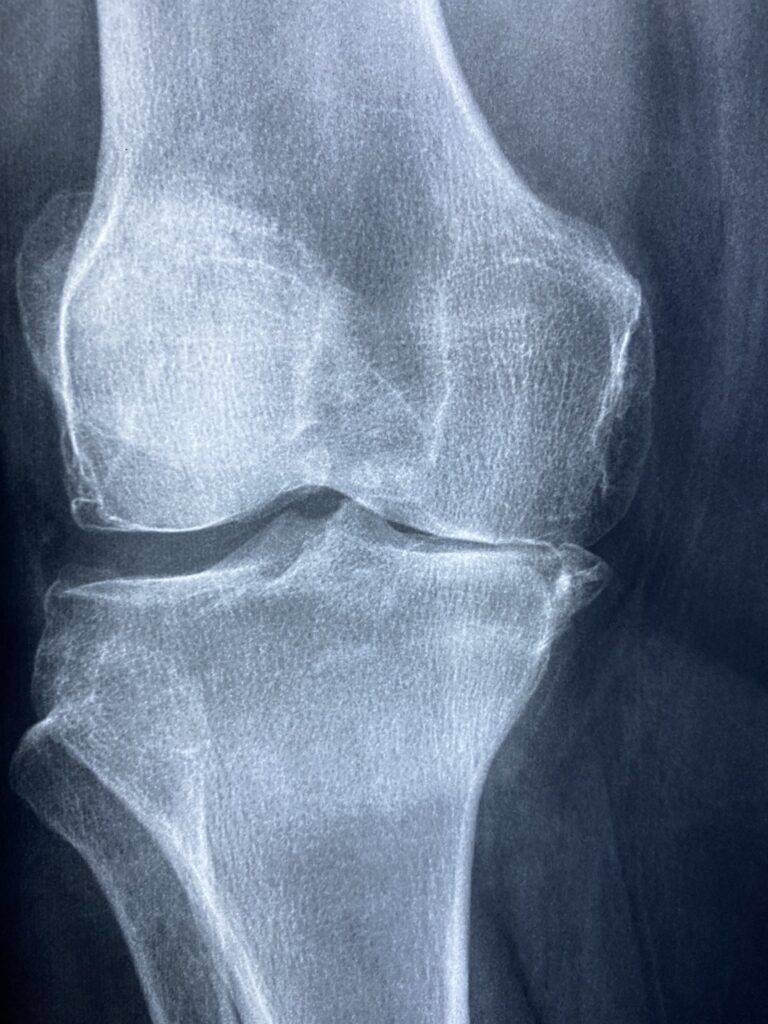1. What is Scarlet Fever? Scarlet fever is a bacterial infection caused by group A Streptococcus bacteria. It primarily affects children and is characterized by a distinctive rash, sore throat, and fever.
2. Types of Scarlet Fever:
- Typical Scarlet Fever: Characterized by the classic symptoms of sore throat, fever, and rash.
- Atypical Scarlet Fever: Some cases may present with mild or absent symptoms, making diagnosis challenging.
3. Symptoms of Scarlet Fever:
- Sore throat: Painful swallowing and redness of the throat.
- Fever: Elevated body temperature, often above 101°F (38.3°C).
- Rash: Red, sandpaper-like rash that starts on the neck and chest before spreading to the rest of the body.
- Strawberry tongue: The tongue may appear red and swollen with white spots, resembling a strawberry.
- Headache, nausea, and vomiting may also occur.
4. Causes of Scarlet Fever: Scarlet fever is caused by infection with group A Streptococcus bacteria, specifically Streptococcus pyogenes. The bacteria produce toxins that lead to the characteristic rash and symptoms.
5. Risk Factors for Scarlet Fever:
- Age: Children between the ages of 5 and 15 are most commonly affected.
- Close contact: Exposure to someone with streptococcal infection, such as strep throat, increases the risk.
- Poor hygiene: Overcrowded living conditions and inadequate hygiene practices can contribute to the spread of infection.
6. Diagnosis of Scarlet Fever:
- Clinical examination: A healthcare provider may diagnose scarlet fever based on the characteristic symptoms, including the rash and strawberry tongue.
- Throat swab: A sample of throat secretions may be collected and tested for the presence of group A Streptococcus bacteria.
7. Pharmacokinetics of Scarlet Fever Treatment:
- Antibiotics: Oral antibiotics such as penicillin or amoxicillin are absorbed into the bloodstream and distributed throughout the body to kill the bacteria.
8. Pharmacodynamics of Scarlet Fever Treatment:
- Mechanism of action: Antibiotics work by inhibiting the growth and replication of group A Streptococcus bacteria, ultimately leading to their death.
9. Pharmacological Treatment of Scarlet Fever:
- Antibiotics: Penicillin or amoxicillin is the first-line treatment for scarlet fever. Other antibiotics, such as erythromycin or azithromycin, may be prescribed for those allergic to penicillin.
10. Non-Pharmacological Treatment of Scarlet Fever:
- Symptomatic relief: Over-the-counter pain relievers such as acetaminophen or ibuprofen can help alleviate fever and discomfort.
- Rest and hydration: Adequate rest and plenty of fluids are important for recovery and to prevent dehydration.
11. Conclusion: Scarlet fever is a bacterial infection caused by group A Streptococcus bacteria. Prompt diagnosis and treatment with antibiotics are essential to prevent complications and reduce the spread of infection. Non-pharmacological measures such as rest and hydration can also help support recovery from scarlet fever.




